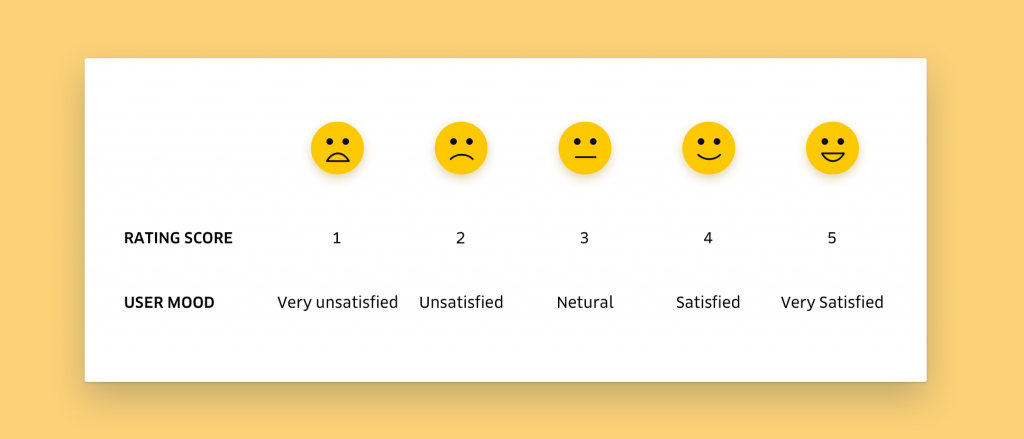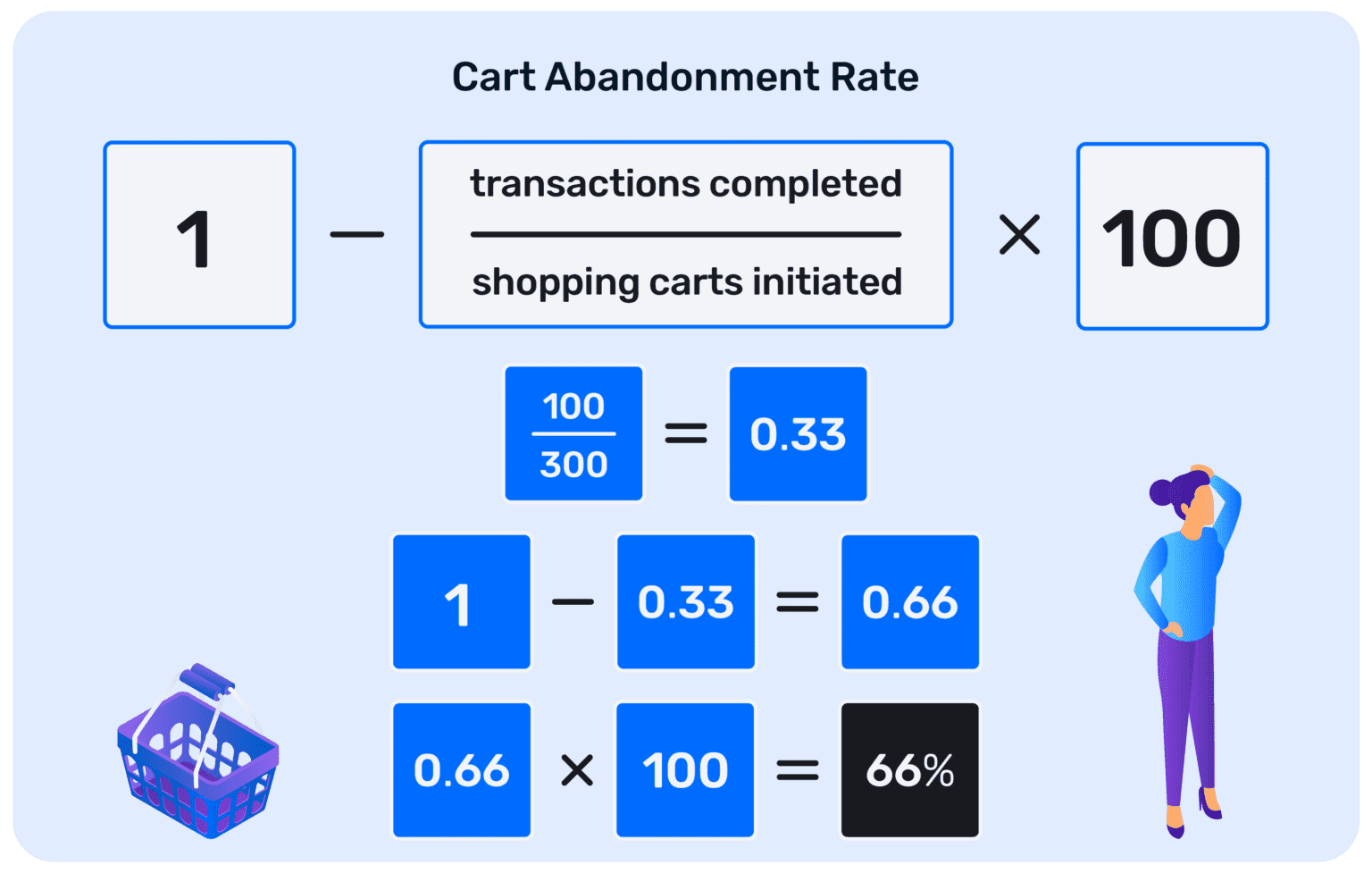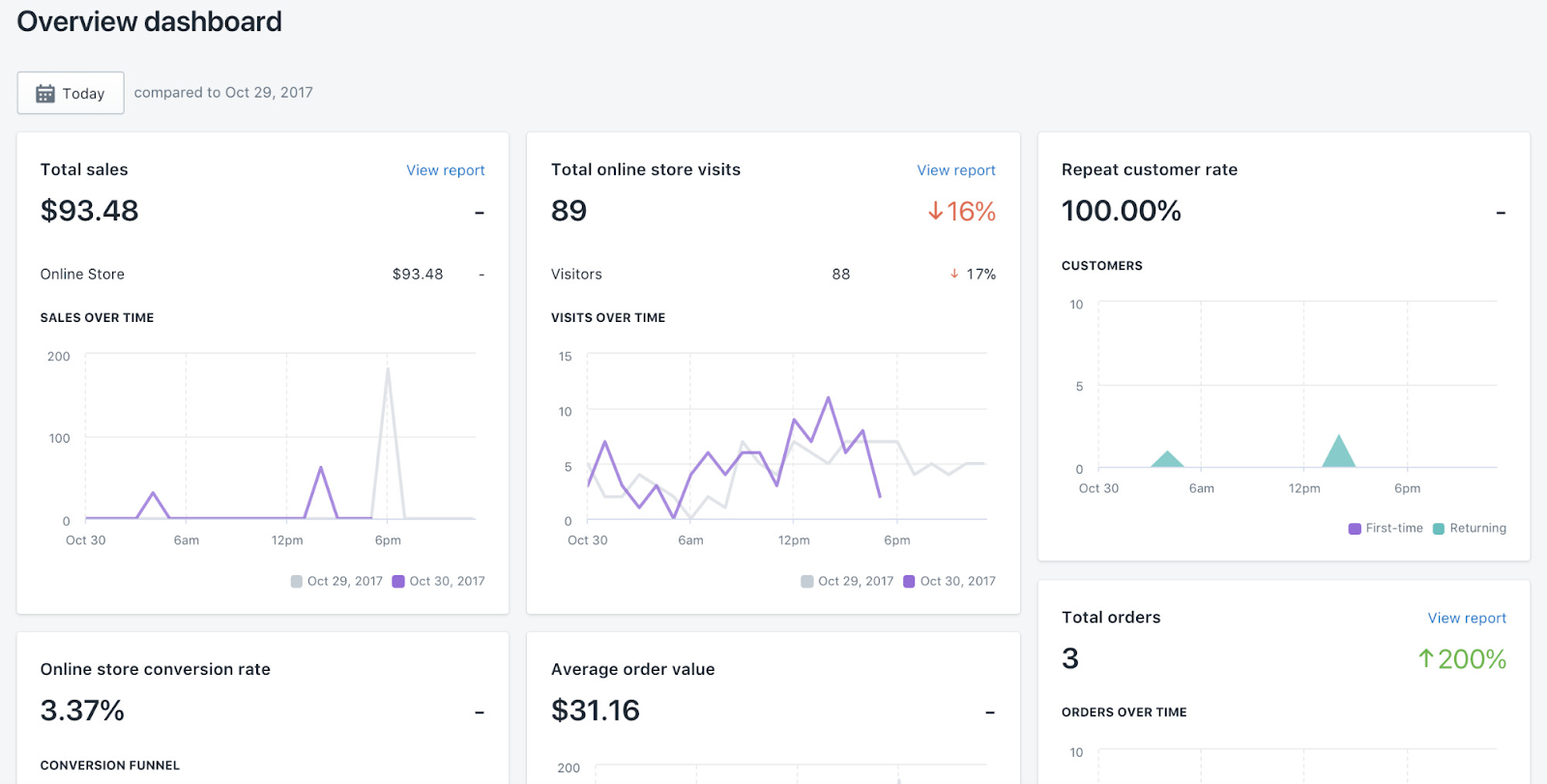Every eCommerce merchant knows the key to a profitable and sustainable business is happy customers.
But despite this, many ecommerce brands still don’t track customer satisfaction metrics. That’s a shame because knowing how customers feel is the starting point for improving just about every part of your customer experience.
Thankfully, tracking customer service metrics is easier than it sounds. If you’ve had it on your to-do list for a few months now, but never got around to it, don’t fret. This post will show you the ropes.
Why Customer Satisfaction Metrics Matter
As an eCommerce entrepreneur, you’ve got a million and one things on your plate. So it’s understandable that tracking customer satisfaction metrics might not be your top priority right now.
But here’s the thing: if you’re getting no form of feedback from your customers, you’re shooting in the dark. And shooting in the dark can have serious consequences when you consider that:
- – Attracting a new customer is 6-7 times more expensive than retaining a current one.
- – 91% of customers who are unhappy with a brand will just leave without complaining.
- – 89% of consumers have switched to shopping with a competitor following a poor customer experience.
These stats illustrate how ignoring your customers can harm your business. They show that if your customers are unhappy, you’ll have to attract new customers to replace them continuously.
If you’re getting no form of feedback from your customers, you’re shooting in the dark
That’s time and money that could better spent if you prioritized your existing customers’ satisfaction. Especially when we know that, according to Bain & Company, retaining just 5% more customers can lead to increases in profits of between 25-95%.
As you begin to collect customer satisfaction data, you’ll be able to build a picture of what your customers like and what they don’t like. This knowledge empowers you to shape your business around their needs.
By putting customer needs and desires first, you’ll naturally build a business your customers love both with their hearts and with their wallets too.
What Customer Satisfaction Metrics Should You Track?
There are lots of metrics to track customer satisfaction out there. At times it can be challenging to know where to start. So, here are four of the most useful ones you can begin tracking today.
1. Customer Satisfaction Score
The CSAT is a five-point scale that measures how your customers feel about you.
The CSAT is most valid when used immediately after a customer interaction when their experience is still fresh. Typically, CSAT surveys look something like this:

The main benefit of a CSAT survey is that it’s dead easy to answer. A low effort survey means you’ll have high completion rates and a larger data sample to work with.
Once you’ve got a data set, you calculate your CSAT by dividing the sum of all scores by the number of respondents.
Given the simplicity of the CSAT survey, the metric isn’t without its limitations. For instance, while the metric great for giving you a picture of your overall customer satisfaction, it doesn’t provide you with insight into why customers feel the way they do.
For that reason, it’s a good idea to add specificity to your question. For example, instead of asking a generic question like ‘“How satisfied are you?” get more specific with “How satisfied are you with your checkout experience?” or “How would you rate your customer service experience today?”
Adding a qualifier to your CSAT surveys gives you more accurate information and shows where improvements will reap the most benefits.
2. Customer Effort Score
The CES measures how easy it was for a customer to accomplish what they set out to do.
The CES is generated by asking customers to rate how strongly they agree with a series of statements such as ‘It was easy for me to find the product I was looking for’ or ‘It was easy for me to reach customer service’

A recent study by Harvard Business Review reported that instead of pouring money into providing an over-the-top experience for your customer, it’s often a better approach to just make things easy for them.
As you can imagine, the CES is an immensely valuable metric in eCommerce because the easier you make it for a customer to buy from you, the higher the chances they’ll convert.
For example, simple changes, like reducing the number of fields on a checkout form to designing intuitive site navigation, can translate into significant increases in revenue.
3. Net Promoter Score
Your NPS measures how likely people are to recommend your business to others.
It’s generally recognized as a measure of how much people dig your store. And with 74% of consumers saying word of mouth is a critical influencer in their purchasing decisions, NPS is not to be scoffed at.
When collecting NPS data, customers vote on a ten-point scale from ‘very unlikely to recommend you to’ to ‘highly likely to recommend you.’
Respondents who vote nine or ten are deemed to be promoters. These folks have had great experiences with your business.
Customers who vote seven or eight are known as passives. Passives are satisfied but not so enamored that they’d tell their friends.
Finally, customers who answer with six or below are called detractors. These voters are likely to speak poorly about your store and harm your reputation.

To calculate your NPS, all you need to do is subtract the percentage of detractors from the percentage of promoters.
To gain deeper insights from your NPS score, it’s important to collect additional information from detractors. That’s because the bare NPS figure doesn’t tell you what caused their dissatisfaction.
Without this info, you won’t be able to make moves to improve. For example, you won’t know if the issue was with your product, your shipping, your customer support, or a myriad of other factors.
So, follow up with unhappy customers, listen to their concerns, and make appropriate adjustments to ensure that future customers won’t have the same problem.
4. Abandonment Rate
In eCommerce, when we talk about abandonment, we usually mean cart abandonment. Indeed, your cart abandonment rate gives you insight into how satisfied your customers are with your checkout experience.
👉Suggested Reading: How To Write Super-Effective Abandoned Cart Emails

However, there are other ways that customers prematurely terminate interactions too. For example, if you’ve got a business call center, you can measure the rate of abandonment for support tickets – i.e., how many tickets are getting resolved vs. how many aren’t.
Measuring the abandonment rate across all customer interaction areas gives you a clear picture of how satisfied customers are with your business.
By comparing the differences between abandonment metrics across your business, you can pinpoint specific bottlenecks and make adjustments to help customers get the job done.
How to Collect Customer Satisfaction Metrics
Collecting customer feedback doesn’t need to be complicated. Use these straightforward methods to keep tabs on your customers’ satisfaction effortlessly.
1. Email Surveys
Email is a useful tool when you want to send out more comprehensive surveys. You mightn’t achieve the conversion rates you’ll get with other methods, but the responses you do get will be overflowing with insights.

Creating surveys is easy with a free tool like Google Forms at your disposal. Or, if you invest some cash, you can leverage more advanced tools like SurveyMonkey instead.
2. Thank-you Page Surveys
It’s best to collect feedback as soon as possible after a customer interaction.
That means your thank-you page is a great place to gather feedback about your customer’s shopping experience.
One of the unique advantages of a thank-you page survey is that pretty much every customer sees it. Some may even see it multiple times. More impressions are good because they increase the likelihood customers will complete the survey, giving you more data to make better decisions.
Your thank-you page is a great place to gather feedback about your customer’s shopping experience.
Pro Tip: Use ReConvert to create landing page questionnaires in a couple of clicks (check out the video below).
3. Social Media Surveys
As we talked about in our recent customer service trends article, social media has been morphing into a support channel for businesses. So much so that it’s now the preferred customer support channel for shoppers under 25.
That makes it essential to monitor your social media channels like Instagram, Twitter, and Facebook to hear what your customers have to say. Various tools like Hootsuite or Buffer can make this easy by tracking mentions and comments about your brand.
Most social media platforms come with in-built polls and surveys that make it easy to gather data from your followers. For example, you can create a basic CSAT survey using a simple Instagram story poll like this:

4. Website Metrics
Finally, studying metrics on your Shopify store’s back-end is a great way to learn how satisfied customers are with their shopping experience.
For example, if your website takes a long time to load and people are bouncing right off it, you can be pretty sure they’re not a bunch of happy campers.
Similarly, if visitors are abandoning their carts in droves, it’s likely shoppers are unsatisfied. Your shipping fees, taxes, or checkout flow may be the culprit.
Or if you find people are repeatedly searching for products on your site and then leaving without finding them, you can be sure that your site navigation isn’t up to scratch.

The list goes on, but by studying your website analytics and combining it with other forms of feedback, you’ll be able to zero-in on the issues that your customers find most unsatisfactory.
Use Customer Satisfaction Metrics to Build a Better Business!
Understanding your customer satisfaction metrics, knowing how to track them, and making decisions based on the feedback is the best way to create a more customer-centric eCom business.
Remember, your goal as a merchant is always to seek to improve your customers’ experience. Doing so builds a strong customer base of loyal shoppers. Over time, this creates more profit and will ultimately give you the best shot at long-term success.
Now over to you! Do you track customer satisfaction metrics? How useful have they been for your eCommerce business? Let us know in the comments below!




